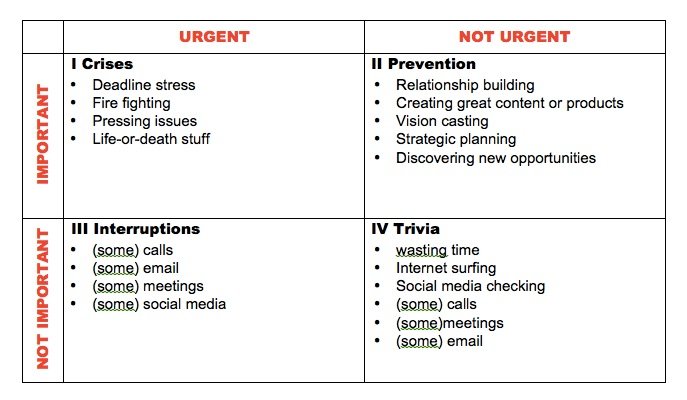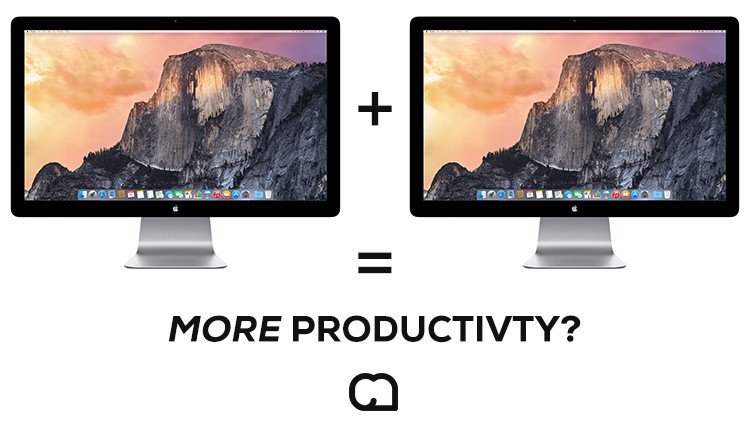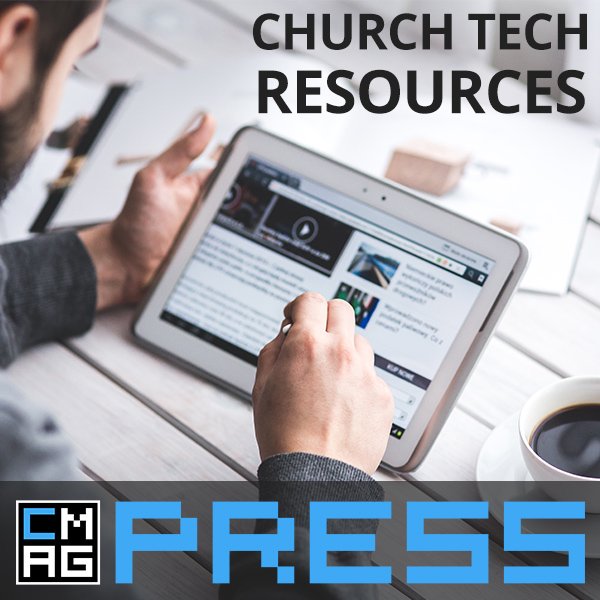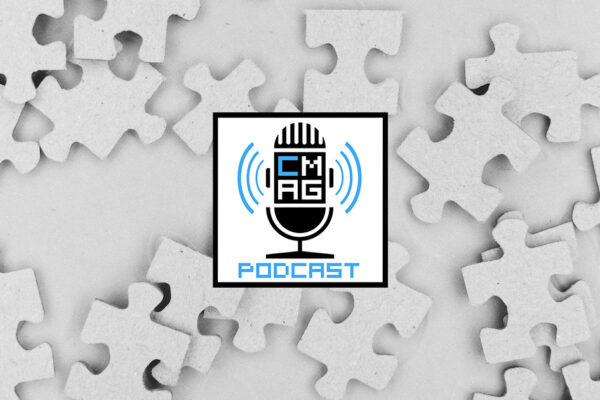[This is part 2 in the RPG Productivity Player’s Guide series.]
So you’ve got your megaplot figured out and you know how the game is supposed to end.
How to finish the game with a maximum result?
It’s about prioritizing your productivity.
Every day we have to make decisions about what to do and what not to do. There are only 24 hours in a day and I haven’t met anyone lately who didn’t have more than 24 hours worth of work on his plate.
So how do you choose what to do?
You prioritize.
1. Stick to the Megaplot
The first test has to be whether something ties into your megaplot. If it doesn’t, think long and hard before pursuing it. It may still be worth it, if only because as with everything else in life, our megaplot has to be flexible. New opportunities arise, our circumstances may change, and even we ourselves can change. But you have to deliberately ask that question before saying yes to a new project or task.
How strict are you about creating side-stories? Is everything you do connecting to your megaplot or are you going off on a lot of tangents?
Assuming you’ve done this first test, here are three more ways to determine your priorities within your megaplot.
2. The 80/20 Method
This second method is loved as much as it’s been attacked, but it’s still quite useful when it comes to optimizing your productivity. The 80/20 method, also known as the Pareto Principle, states that there’s an 80-20 ration at work in many things.
80% of your work comes from 20% of your clients for instance. Or the other way around: 20% of your clients deliver 80% of your income.
Another one: 80% of complaints about the volume in the church will come from 20% of the congregation. That’s a #FACT right?
Where it’s useful, is this:
- 20% of your invested time and energy can deliver 80% of the results. The rest, the fine-tuning and cranking it up from a B to an A+, will cost you 80% of your time.
- If you focus on the 20% of your actions that will give 80% of your results, you’ll be working as smart as possible.
- Can you identify the 20% of clients/people that cost you the most time and deliver few results? Ditch these if possible. Instead, invest in the 20% that generates 80% of your income.
- What 20% of your activities deliver 80% of the results? Focus on those, instead of wasting time on things that add little value.
Believe me, keeping this 80/20 rule in the back of your mind will help you target the 20% of activities that will help you finish the game.
3. Covey’s Time Management Matrix
Another way of looking at priorities is by viewing them as urgent, non-urgent, important or not important. The combination of these two axes (hence the matrix) helps you decide what to do now, what to do later, and what not to do at all. The trick is to stay in quadrant 2 as much as possible to do important stuff without the added stress of time pressure.
The problem with this approach is that it requires you to approach your to do’s rationally. That doesn’t always work when things ‘feel’ urgent or important.
In youth ministry for instance (my background), this is often an issue. Is having coffee with a student urgent? Usually not. Is it important? That’s debatable. Yet when you want to make relationships with students a priority, that coffee may be more important than it seems. And it can definitely feel more urgent.
Still, when you have too many items on your to do list, this method can help to determine what to do first. My trick for determining importance is to assess if it helps me achieve my most important goals and if so, if it’s the biggest thing I can do right now to achieve that goal (which means I basically combine the 80/20 rule with Covey’s time management matrix).
4. The INO System
The third approach to setting priorities is to determine if an activity is an Investment, Neutral or Optimize. Investment means the time investment will pay off exponentially in the (near) future. These are the actions that bring you closer to your megaplot.
Neutral means it’s stuff that needs to be done, but where extra time investment doesn’t pay off. Doesn’t mean you don’t need to do it, after all you need to work through your email for instance, but you shouldn’t strive for the A+ here. A solid B is enough to advance in the game.
Optimize means that you should spend as little time on these as possible. These activities either don’t need to be done, or should be done with the bare minimum in time investment. Think grocery shopping, mowing the lawn, doing admin.
Without prioritizing, you may get bogged down in the game, doing random stuff that may be fun, but won’t bring you any closer to finishing. In RPG’s, this may not be an issue as you can simply play for love of the game, but in real life…not so much.
![The RPG Productivity Player’s Guide: 4 Ways of Looking at Prioritizing [Series]](https://churchm.ag/wp-content/uploads/2015/04/4-Ways-of-Looking-at-Prioritizing-Image.jpg)









Excellent!
Thanks Eric! 🙂